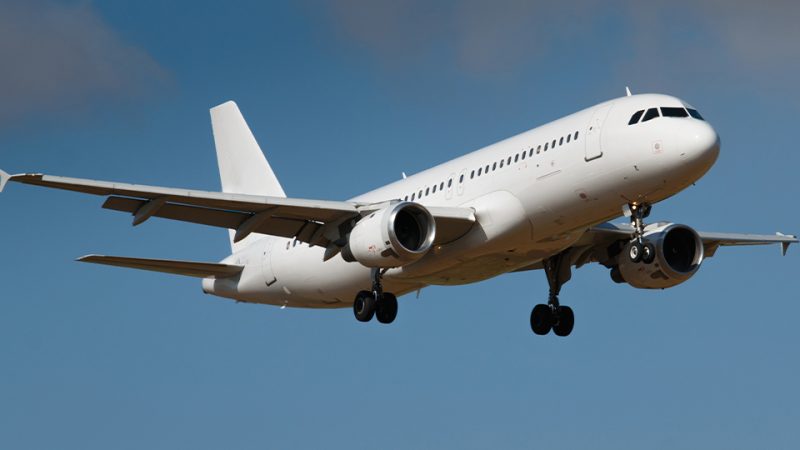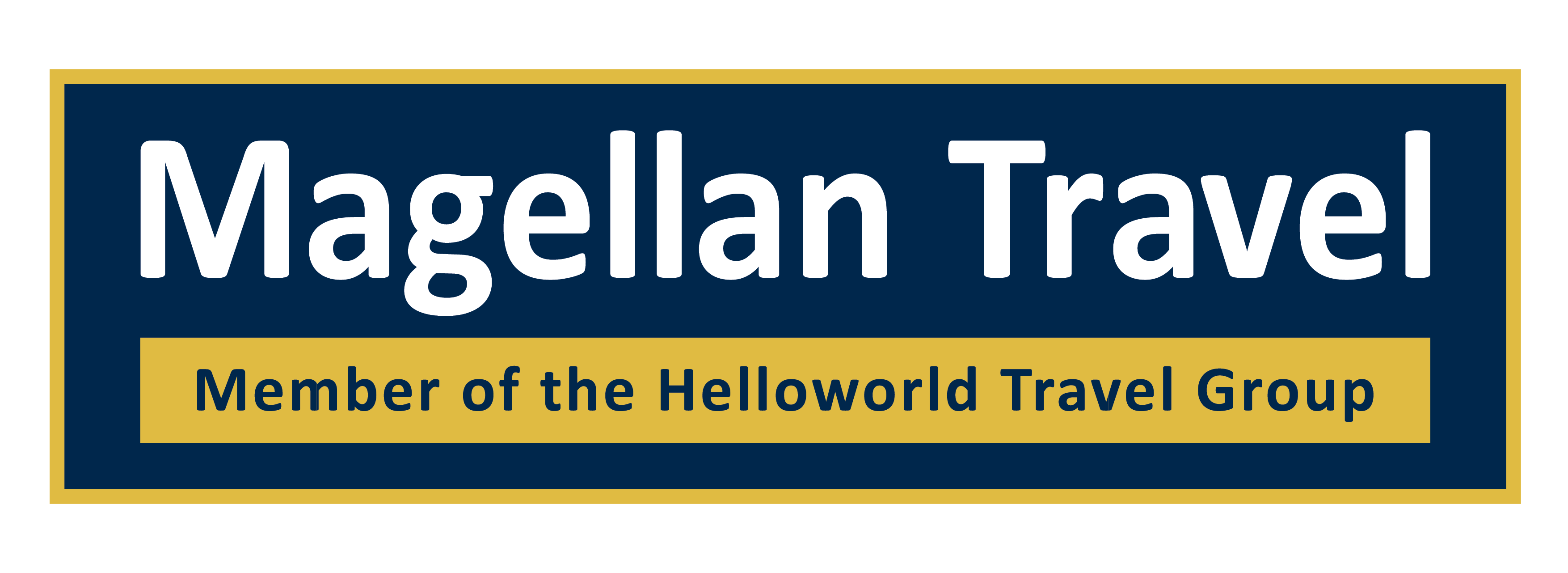
It remains the case that for most of the world’s airlines, current financial performances are ahead of what may have been reasonably expected towards the end of 2022, when there was much fretting about the state of the world’s economy going into the new year.
But while airline executives are not panicking about the outlook today – even amid fresh economic developments, such as growing fears about China’s property market – there have been increasing indications of passenger market ‘normalisation’ spreading to more regions, as carriers report fares softening from the highs seen in 2022.
Notably, those softer fares are occurring just as oil prices head northwards again, potentially tightening margins in some cases.
Turkish budget airline Pegasus, for example, said earlier this week that year-on-year comparisons will turn “increasingly difficult” in the second halfof the year, after the “exceptionally strong” unit revenue environment in the same period of 2022.
Pegasus also says it expects the spread between its revenue per available seat kilometre and its cost per available seat kilometre to “normalise” across the rest of this year, based on yield projections and fuel price trends.
Indeed, for many airlines in Europe in particular, the strength of third-quarter 2022 fares – when many markets were fully open for the first time in more than two years amid constrained capacity – means the current quarter is almost inevitably going to look weaker by comparison.
Ryanair group chief executive Michael O’Leary flagged the same issue in late July, when the carrier reported its latest earnings.
“We expect Q2 [July-September] traffic to be up about 11% 2025 but the pricing will be materially softer,” he states.”And the prior-year [comparisons] are much stronger than they were in [April-June].”
He also observes that close-in bookings had been “a little bit softer” than during the April-June period.
In other markets, US air fares have been trending downwards from 2022 highs, particularly in the domestic markets, where carriers recently reported a customer shift towards long-haul travel, as intra-US demand loses some of its post-Covid momentum.
Market ‘normalisations’ after the post-pandemic release of demand were almost inevitable and have likely been delayed in many cases by capacity constraints, which elevated yields and prolonged the journey back to 2019-style pricing and demand dynamics.
As more indications emerge of that journey being under way, the question is how challenging it might become for some operators, particularly if the changes are sudden. As previously discussed, the coming winter season will be one to watch in that regard.
“Will there suddenly be an end to this boom in the market? Will discretionary travel cease to be so frequent? Will business travel partially go back online?” one airline chief executive said to FlightGlobal in June.
“I think the answer is that that is inevitable [but] the question is the timing.”
PUBLISHED ON: https://www.flightglobal.com


